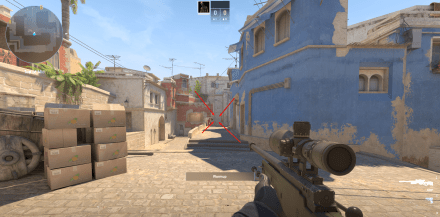Effective team communication in virtual gaming is crucial for success in the increasingly complex digital landscapes that modern games present. As gaming has evolved, so too has the importance of seamless communication among team members, whether they are in competitive multiplayer games, cooperative missions, or large-scale strategy games. Mastering the art of team communication in these virtual environments involves understanding various dynamics and employing strategies to ensure that every player is on the same page, working towards a common goal. One of the primary challenges in virtual gaming is the lack of physical presence, which can make it difficult for team members to gauge each other’s reactions, intentions, and strategies. Unlike in-person interactions, where body language and vocal tones provide valuable cues, virtual environments rely heavily on verbal communication and in-game signals. This reliance on verbal communication necessitates clarity and precision. Teams must develop a shared vocabulary and consistent terms for in-game actions, locations, and strategies.

In addition to verbal clarity, effective communication tools, such as overpass callouts, play a significant role. Many games provide built-in communication features such as voice chat, text chat, and pings. However, players often use external tools to enhance their communication experience. These tools can include dedicated voice communication platforms and overlay applications that offer additional functionalities. Regardless of the platform used, the goal is to ensure that communication is uninterrupted and that all team members can convey and receive information promptly. For instance, the use of voice chat allows for real-time discussions, which can be crucial during intense moments of gameplay when quick decisions are necessary. Another important aspect of team communication in virtual gaming is the establishment of roles and responsibilities. Each team member must understand their specific role within the team and how it contributes to the overall strategy. Clear delineation of roles helps streamline communication by reducing the overlap of responsibilities and minimizing confusion about who should be taking certain actions.
Furthermore, building a strong team dynamic is essential for effective communication. Teams that communicate well often have a strong sense of camaraderie and trust. This trust is built over time through consistent interactions and successful collaborations. Encouraging open communication and creating an environment where team members feel comfortable sharing their thoughts and ideas can lead to better coordination and more effective gameplay. Positive reinforcement and constructive feedback also play a role in maintaining team morale and improving communication skills. Lastly, adaptability is a key component of successful team communication. Virtual gaming environments can be unpredictable, with strategies needing to evolve in response to new challenges or opponent actions. Teams that can quickly adjust their communication strategies and adapt to changing circumstances tend to perform better. This adaptability involves not only responding to immediate gameplay needs but also being open to feedback and willing to refine communication methods as the game progresses.
